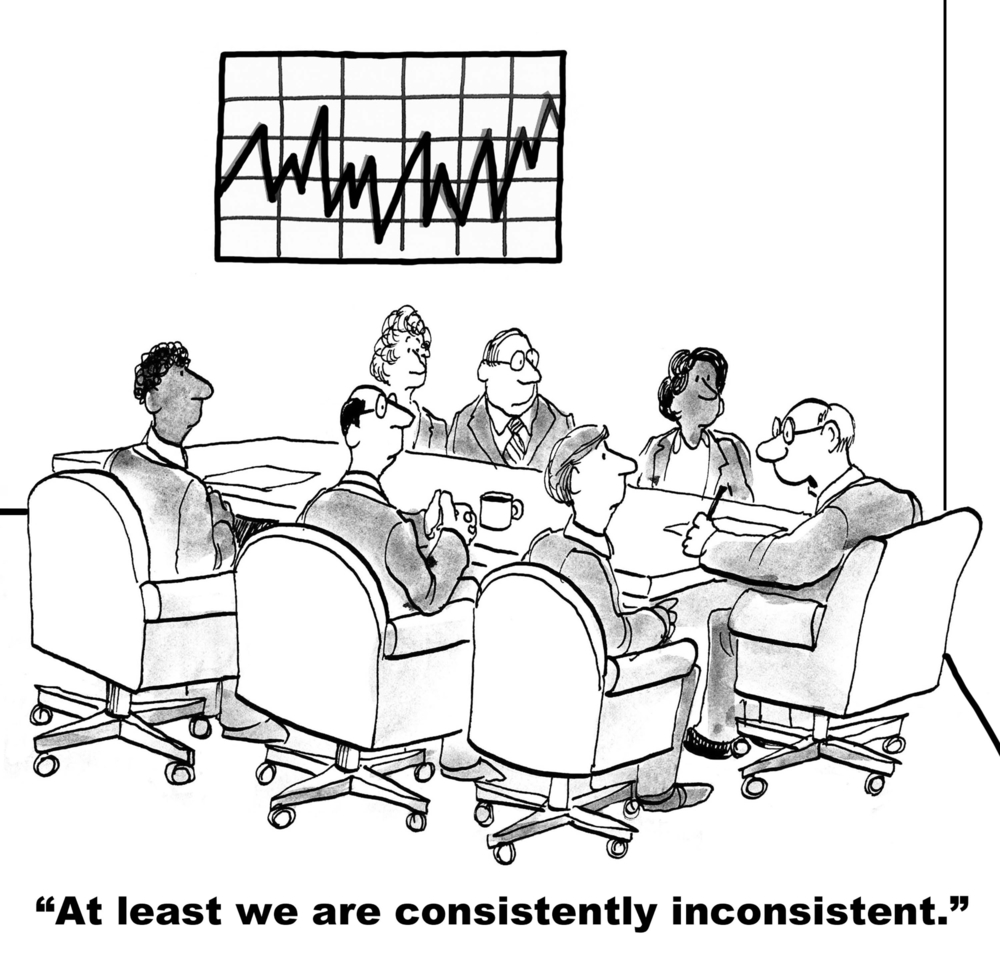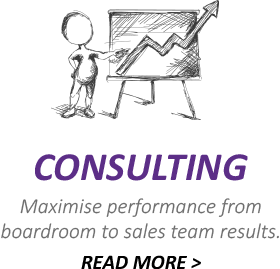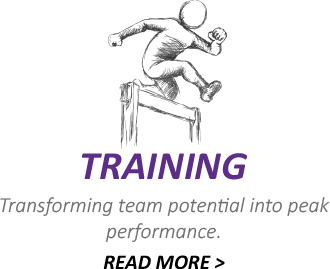Working continually with sales managers to improve performance; one key issue I know that frustrates them is the problem of inaccurate sales forecasts.
There is nothing worse than having a sleepless night knowing you need to present sales results that are far adrift from your forecast figures to the board the next morning.
So, what actions can you take to significantly improve this situation and reduce the associated stress?
- Identify the root cause of the problem. Rather than focusing on the results the problem actually lies much further upstream. It’s the quality of communication displayed by your salespeople in their meetings. By investing your time coaching them to improve the quality of their questioning and active listening skills you will improve the depth and quality of information for each sales opportunity.
- Use tools to collaboratively analyse and track sales opportunities. Capture this greater level of information using a gap analysis tool like the ‘Linear Compass Card’ I use. It helps coach collaboratively each salesperson so they can identify the gaps in their sales opportunities and take corrective actions to move themselves into a position to win the deal. Using a tool like this gives you greater visibility and accountability on each project you decide to forecast.
- Keep your forecasting tight. With an enhanced level of visibility and improved quality of information available to you from these 1-2-1 meetings, you can begin to have increased confidence about your forecast. You are also well placed to answer any questions in the board room relating to a specific opportunity because you are close to it. But don’t allow red herrings or fake soon to close opportunities to enter into your forecast figures. Make sure your opportunities have passed through each stage of your sales process correctly before you forecast them.
- Change from probability to close to percentage complete. One key to making your forecasting accurate is to change the way you think about your sales process. Every sales stage or step in your pipeline should reflect a set of activities that must be completed in order to move the opportunity through the pipeline. By making this change, you are no longer moving deals forward based on the ‘probability they will close, which at best is a subjective opinion, often based on feelings. To a ‘percentage complete’ in the sales process, an objective measure based on actual facts.
By continually implementing these four points everyone in the company will start using the pipeline properly. Over the next few months the level of accuracy will rise giving you confidence in your forecasting and a good night’s sleep!
If you’d like a copy of the tools mentioned in this article or you’d like to discuss the ideas further please drop me an email at peter.holland@linearstructure.com
We all get better from sharing and learning from one another’s experiences.






